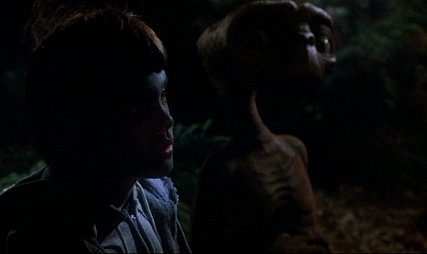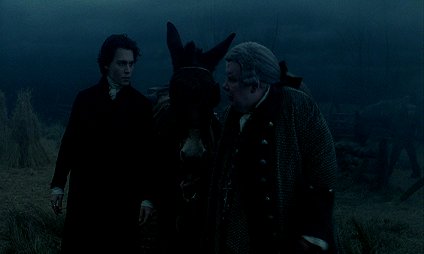Hey everyone.
I am a high school student, currently planning a short film (on a DV camera). I have a few questions though:
1) I found this really awesome set for a movie. It's a deserted train yard, with an old train off the rails. I would want to shoot this scene at night. My friends and I went down a few weeks ago with my camera, and it was almost impossible to see anything through the camera. I notice in movies, even when it's at night, you can still see things/characters in the room pretty well, although it looks like there is no light. What's the trick? Note: The actors will use torches sometimes, to make it realistic (it's dark). But that's not really enough. (For example, what can I do when there are no torches?) The trains doors and windows are open, or smashed --so it's possible that I could somehow emulate moonlight, but what equippment do I need?
Also, what can I do to reduce the grainy look in the dark? Even if someone here tells me what lights I can use, I know it will look grainy. Is there a way out of this?
I have NO experience in lighting, but I'd like to know how I could pull this scene off. It can't look artificially lit, I want to know how they do this kind of thing in movies. I don't want to spend a whole lot of money, but I am willing to spend a decent amount.
EDIT: The alternative, is I could shoot this movie at an earlier time, when it's not quite so dark - but how would I make it look slightly dark and scary? I think this may be a better option, since I really can't stand having a grain in the dark, it looks really ugly.
My other main question is:
Say I shoot this movie at 8pm one night, and I want to continue the scene the next night. (same place, same time). When I compare the two nights footage, the color will be slightly different, since the lighting (natural) will not be exactly the same two days in a row. (Like it might be a tiny tiny bit darker the next night, but hard to tell unless you compare footage). What can I do to make it look like it was shot on the same day? What do other people do?
Thanks a lot!
-Chris
I am a high school student, currently planning a short film (on a DV camera). I have a few questions though:
1) I found this really awesome set for a movie. It's a deserted train yard, with an old train off the rails. I would want to shoot this scene at night. My friends and I went down a few weeks ago with my camera, and it was almost impossible to see anything through the camera. I notice in movies, even when it's at night, you can still see things/characters in the room pretty well, although it looks like there is no light. What's the trick? Note: The actors will use torches sometimes, to make it realistic (it's dark). But that's not really enough. (For example, what can I do when there are no torches?) The trains doors and windows are open, or smashed --so it's possible that I could somehow emulate moonlight, but what equippment do I need?
Also, what can I do to reduce the grainy look in the dark? Even if someone here tells me what lights I can use, I know it will look grainy. Is there a way out of this?
I have NO experience in lighting, but I'd like to know how I could pull this scene off. It can't look artificially lit, I want to know how they do this kind of thing in movies. I don't want to spend a whole lot of money, but I am willing to spend a decent amount.
EDIT: The alternative, is I could shoot this movie at an earlier time, when it's not quite so dark - but how would I make it look slightly dark and scary? I think this may be a better option, since I really can't stand having a grain in the dark, it looks really ugly.
My other main question is:
Say I shoot this movie at 8pm one night, and I want to continue the scene the next night. (same place, same time). When I compare the two nights footage, the color will be slightly different, since the lighting (natural) will not be exactly the same two days in a row. (Like it might be a tiny tiny bit darker the next night, but hard to tell unless you compare footage). What can I do to make it look like it was shot on the same day? What do other people do?
Thanks a lot!
-Chris








